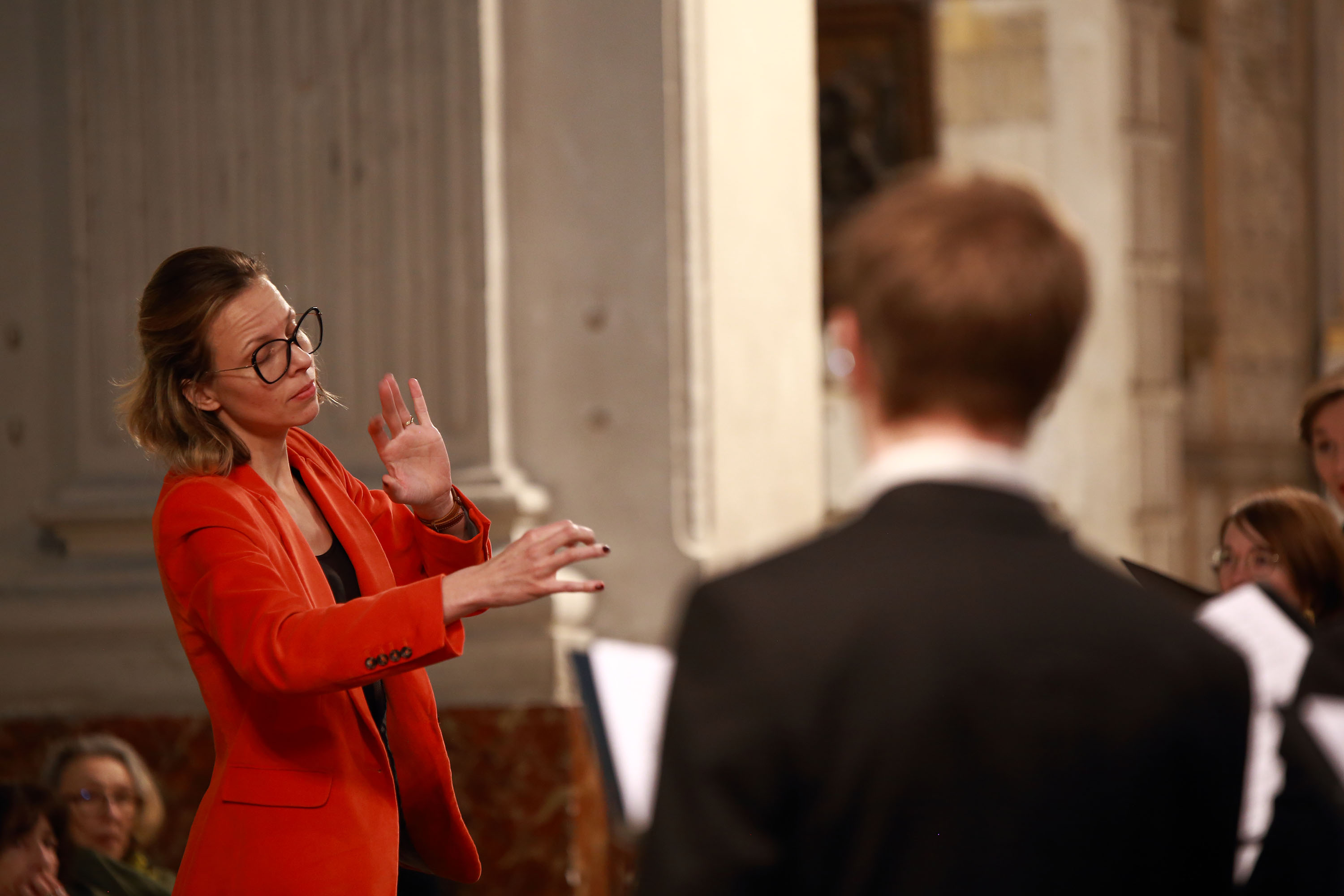
Copyrights 240826 - Ensemble la Sportelle © Raoul Daupeux
a requiem as gentle as myself," he confided, "a requiem that has been said not to express the dread of death; someone called it a death lullaby. But that's how I feel about death, as a happy deliverance, an aspiration to happiness beyond, rather than a painful passage." Composed by Gabriel Fauré after the death of both his parents, at the age of 42 he must have felt the need to reconcile himself with death, to give it a human face, an artistic value. A bearer of hope, this work brings peace, a source of sweet, tender joy. The spare, almost liturgical writing of Litanies à la Vierge noire testifies to Poulenc?s aspiration to reconnect with the faith of his childhood, against the backdrop of the tragic death of his friend, composer Pierre-Octave Ferroud. All the spirit of Rocamadour is present in this simple work. "I tried to render the aspect [peasant devotion] that had struck me so strongly in this high place. That's why this invocation has to be sung almost rudimentarily Following in the footsteps of Francis Poulenc, Thierry Escaich composes a work in homage to the Black Madonna of Rocamadour. Ecce Pulchra es speaks to us of the beauty present in each of us. The star of the sea, Stella maris, guides us along a path of peace and hope. Three composers who, through their music, express a strong and powerful message, in a music imbued with light and color, blending tenderness and gentleness. In the end, the hope of joyful peace. Distribution Ensemble La Sportelle Alix Dumon-Debaecker conductor Emmeran Rollin organ 12 singers
Program Francis Poulenc (1899 ? 1963) Litanies à la Vierge noire Thierry Escaich (b. 1965) Ecce Pulchra es Gabriel Fauré (1845 ? 1924) Requiem

Copyrights 240826 - Ensemble la Sportelle © Raoul Daupeux
A proximité:
Datatourism data updated on: 2024-01-29 11:02:18.875